Have you ever wondered why your hair sometimes feels more like a bristle brush than the silky locks you desire? Rough hair is a common problem, but understanding the reasons behind it can be a game-changer for your hair care routine. In this blog, we’ll explore the various factors why does your hair feel rough rough hair and offer practical solutions to restore its natural smoothness.
The Science Behind Hair Texture
Structure of Hair Strand:
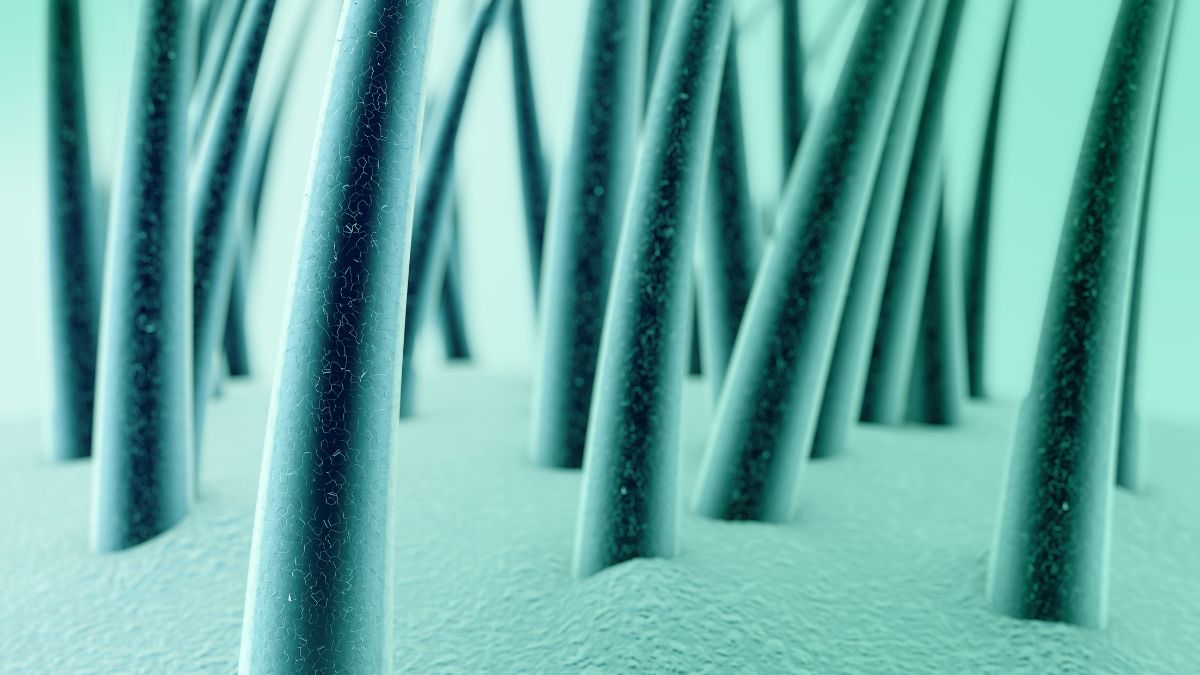
- Cuticle: The outermost layer, consisting of overlapping scale-like cells. Protects the inner layers and contributes to hair strength. Healthy cuticles reflect light, making hair look shiny.
- Cortex: The middle layer containing keratin and melanin. Keratin provides strength and elasticity, while melanin gives hair its color. The health of the cortex affects hair’s moisture retention and strength.
- Medulla: The innermost layer, not always present in every hair strand. Its function is not well understood but is believed to contribute to the hair’s strength and stability.
Health and Texture of Hair:
- Moisture Balance: Healthy hair maintains a moisture balance, essential for elasticity and preventing breakage. Dry hair can become brittle, while overly moisturized hair can be limp.
- Cuticle Integrity: When cuticles are smooth and intact, hair is less prone to damage and tangling. Damaged cuticles lead to frizzy, dull hair.
- Protein Structure: Keratin, the protein in hair, needs to be intact for hair to maintain its strength. Over-processing with chemicals or heat can break down these proteins, leading to weak, lifeless hair.
- pH Balance: The scalp’s pH level can affect hair health. An imbalance can lead to problems like dryness, oiliness, or dandruff, affecting hair texture.
Common Causes of Rough Hair
Certainly! Understanding hair damage involves exploring various factors contributing to the weakening, breaking, and overall degradation of hair quality. Here’s a detailed look at the common causes of hair damage:
1. Chemical Treatments:
- Hair is often subjected to chemical processes like dyeing, bleaching, perming, or relaxing. These treatments alter the hair’s natural structure.
- Bleaching, for instance, removes the natural pigment from hair, weakening its protein structure. Repeated or improper use can lead to significant damage.
- Chemical straightening or perming breaks and then reforms the disulphide bonds to give hair its natural texture, which can weaken hair over time.
2. Heat Styling Tools:
- Regular heat styling tools like hair dryers, straightening irons, and curling wands are a significant culprit.
- These tools operate at high temperatures, which may cause the water inside the hair shaft to boil, leading to bubble hair (a condition where air pockets form within the hair shaft, weakening it).
- Overuse of heat styling can lead to dry, brittle hair, split ends, and breakage.
3. Environmental Factors:
- Prolonged exposure to the sun’s UV rays can degrade the proteins in hair, particularly keratin, leading to weakness and dryness.
- Wind and humidity can also affect hair, causing tangles and frizziness.
- Pollution and environmental contaminants can coat the hair, making it dull, heavy, and difficult to manage.
4. Mechanical Damage:
- Physical manipulation like brushing, combing, and styling, especially when hair is wet and more vulnerable, can cause breakage and split ends.
- Tight hairstyles like ponytails, braids, and buns can exert excessive tension on hair follicles, potentially leading to traction alopecia (hair loss due to pulling forces).
5. Nutritional Deficiencies:
- Hair health is closely linked to diet. Deficiencies in proteins, vitamins (especially A, B vitamins, C, D, and E), and minerals (like iron, zinc, and omega-3 fatty acids) can lead to hair weakening and increased susceptibility to damage.
- Poor nutrition can slow down hair growth and affect the natural hair cycle, leading to thinning and brittle hair.
6. Over-Washing and Harsh Products:
- Washing hair excessively, especially with shampoos containing harsh sulphates, can strip away natural oils that protect and nourish the hair.
- The scalp’s natural oil, sebum, provides a protective layer. Removing it too frequently can leave hair vulnerable.
7. Chlorine and Salt Water Exposure:
- Regular swimming in chlorinated pools can cause significant damage. Chlorine strips hair of natural oils, leading to dry, brittle strands.
- Saltwater, like in the ocean, can have a similar effect, drying out hair and making it more prone to tangles and breakage.
8. Hormonal Changes and Medical Conditions:
- Hormonal changes, such as those during pregnancy, menopause, or due to thyroid disorders, can impact hair health.
- Certain medications and treatments, like chemotherapy, can also cause hair weakening and loss.
9. Age-Related Changes:
- As people age, hair naturally becomes thinner and more prone to damage. The production of sebum decreases, which can lead to drier hair.
- The rate of hair growth may slow down, and the hair follicles may produce thinner hairs.
10. Improper Hair Care Practices:
- Lack of regular trims can lead to split ends, travelling up the hair shaft if left uncut.
- Using inappropriate hair care products for one’s hair type can contribute to damage. For example, products designed for oily hair might be too harsh for someone with dry hair.
At-Home Remedies and Care Tips for Rough hair
- Natural oils and masks: Home remedies like coconut oil, argan oil, or DIY masks made with avocado and honey can be great for nourishing rough hair.
- Gentle hair care routine for damaged hair: Use a gentle, hydrating shampoo and conditioner, and avoid rubbing your hair dry with a towel, as this can damage the cuticle. Instead, pat it gently to dry.
- Regular trims: Getting regular trims can help prevent split ends, which contribute to rough hair.
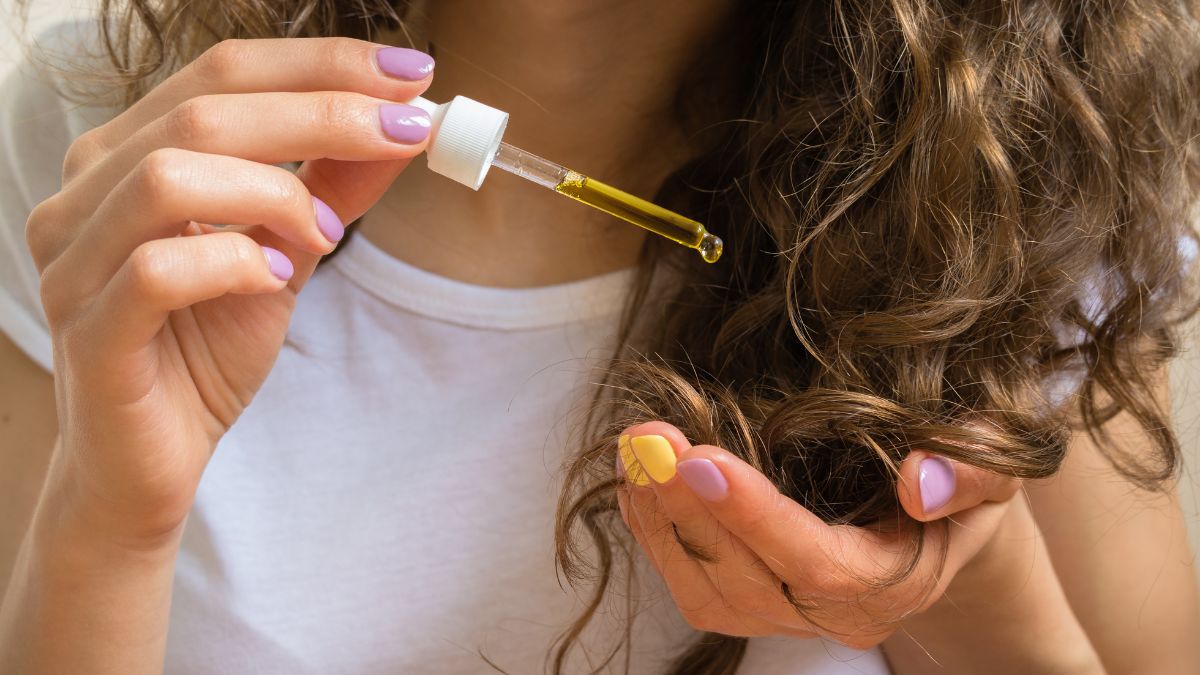
When to Seek Professional Help
- Persistent roughness: If your hair remains rough despite trying various remedies, it might be time to see a dermatologist or trichologist. They can provide specialized treatments or identify underlying health issues.
- Underlying conditions: Certain medical conditions like thyroid disorders or scalp psoriasis can affect hair texture. Professional diagnosis and treatment are crucial in these cases.
Rough hair can be a frustrating problem, but understanding the causes and implementing the right care strategies can make a significant difference. From adjusting your hair care routine to seeking professional advice, there are many ways to achieve smoother, healthier hair. Remember, every hair type is unique, so what works for one person may not work for another. It’s all about finding the right balance for your hair.
The ideal frequency depends on your hair type and lifestyle, but generally, washing 2-3 times a week is sufficient for most people. If you have very dry or curly hair, you might need to wash it less frequently.
Yes, over-brushing, especially with the wrong kind of brush, can damage the hair cuticle and lead to roughness. Use a wide-toothed comb or a brush with natural bristles for gentle detangling.
Try to limit treatments that involve harsh chemicals, such as perms and relaxers. Also, excessive bleaching or high-lift hair coloring can significantly damage your hair.
Absolutely. Sun exposure, wind, and chlorinated water can all have a drying effect on your hair, leading to roughness. Protect your hair by wearing hats and using products with UV protection.
Love this blog “why does my hair feel rough” ? Share your thoughts in the comments below, and join our community for more great hair care tips and tricks. Don’t forget to follow us on social media for daily updates and inspiration!
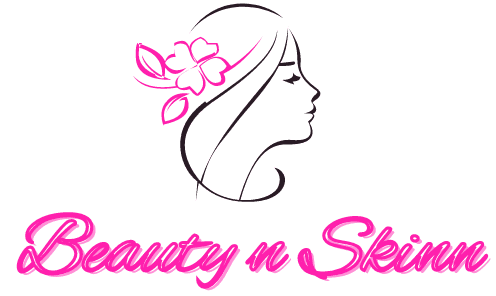

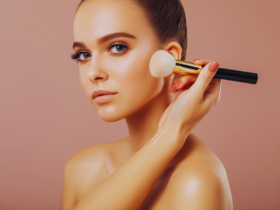


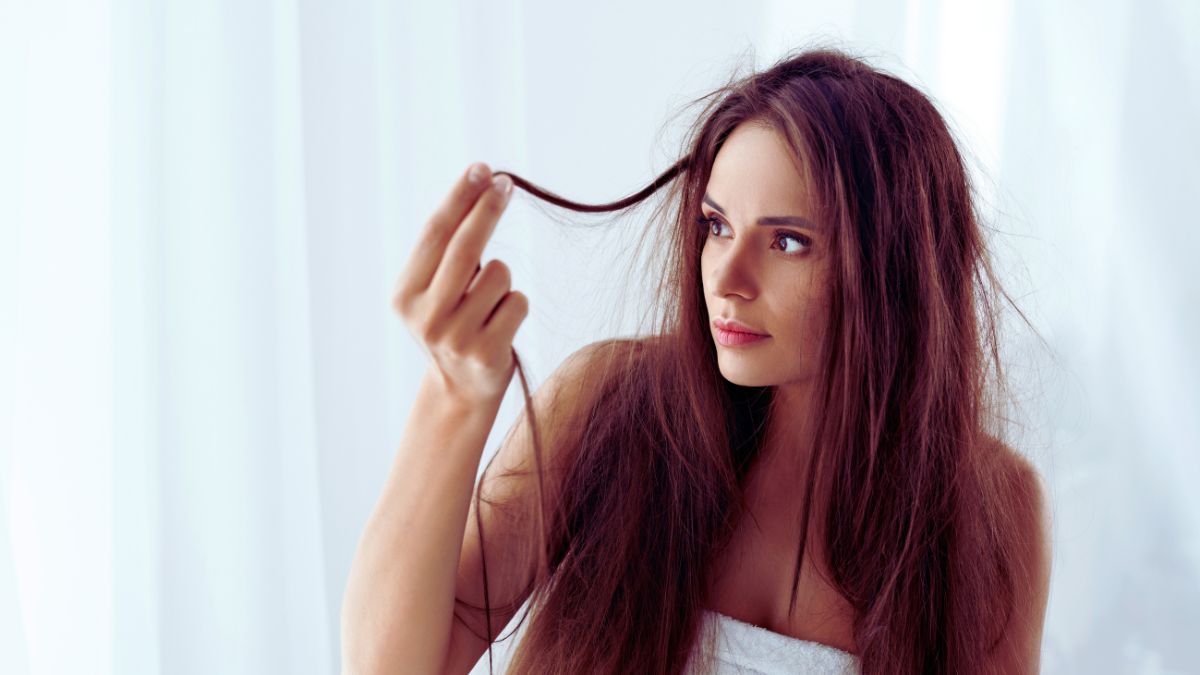
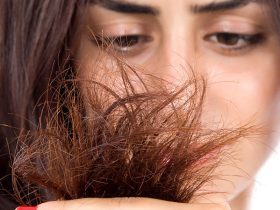
Leave a Reply